What are Weeds?
A weed is known as “a plant in the wrong place.” Weeds detract from the beauty of lawns due to the contrast in color and texture between the desired grass plants and the weeds. In addition, weeds compete with grass for available water and nutrients, usually resulting in thinning of desirable grass, as well as disease and insect infestation.
Weed control
There are two important factors in determining what method to use in managing weeds, and we are the weed experts in your local area. First, in order to eliminate weeds you must identify the type of weed. Second, is the actual life cycle of the weed. Annuals have a one-year life cycle, biennials have a two-year life cycle, and perennials live longer than two years. Perennials are the most difficult weeds to eradicate because they reproduce and spread by fleshy underground roots.
A thick lawn is the best method for preventing dandelions, crabgrass and other broadleaf weeds in the lawn. Mow your lawn at a high setting on your mower, and follow a regular feeding program to achieve a lawn that is thick enough to keep weeds from establishing in the first place.
If weeds or crabgrass are taking over your lawn there’s no need to worry, Bio Lawn experts have the solution for your lawn! Call us at (703) 337-5296 and receive a FREE estimate.
Type of weeds
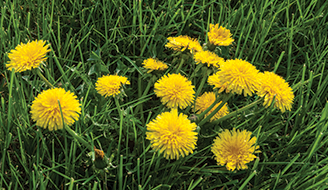
Dandelions (Taraxacum Officinale)
Dandelions push out grass and plants, as well as sapping water and nutrients away from surrounding plants. Even though they disappear in the fall, the taproot still exists 2-3 ft. deep in the soil, and begin their cycle again in the spring. These weeds should not be hand pulled, as they will grow back unless the entire root is completely removed.
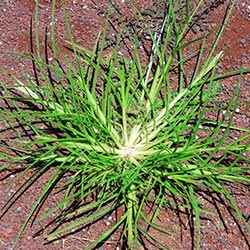
Crabgrass (Digitaria Sanguinalis)
Mowing crabgrass, won’t stop it or delay it from growing. It will grow more flat, rather than upright. It keeps producing seeds, until you kill it or cold weather arrives. Crabgrass can be prevented in the spring, so that it doesn’t become a problem in the summer. Applying a pre-emergent weed killer in the spring, stops the weed seeds before they germinate.
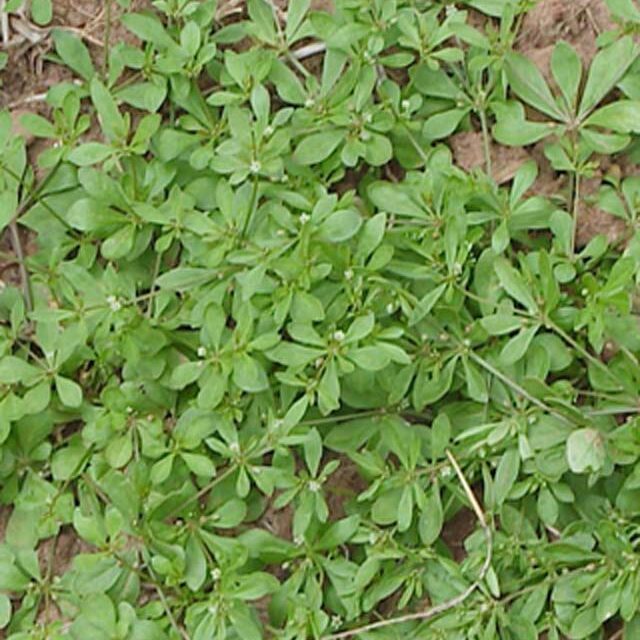
Carpet Weed (Mollugo Verticillata)
Carpetweed germinates much later than other summer weeds, and may be missed by early treatments. Once it germinates, it grows very rapidly. It does best on thin turf and prefers moist rich soils, but can establish on drier sandy soils as well. Carpetweed spreads by dropping seeds onto the soil, so it is important to remove or kill the plants before the flowers bloom. The plants can root along the stems at any point where a node comes in contact with the soil.
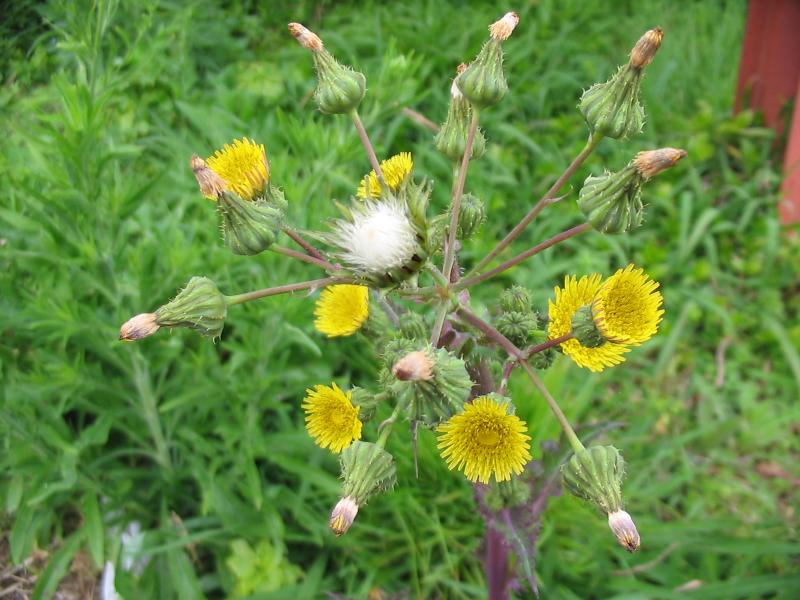
FertilizerAnnual Sowthistle (Sonchus Oleraceus)
Annual sowthistle is identified by its un-branched growth habit with smooth, vertically growing stems. The sowthistle seedling has markedly stalked, egg-shaped cotyledons (seed leaves), with rounded tips. Cotyledons often have a powdery coating, but later leaves have only a few hairs. Later leaves also have prickles along the edges. Stems are hollow and release a milky sap when cut open. Annual sow thistle produces small clusters of flowerheads, that bloom during the morning and close around noon. The flowerheads consist of yellow ray florets, similar in appearance to a dandelion.
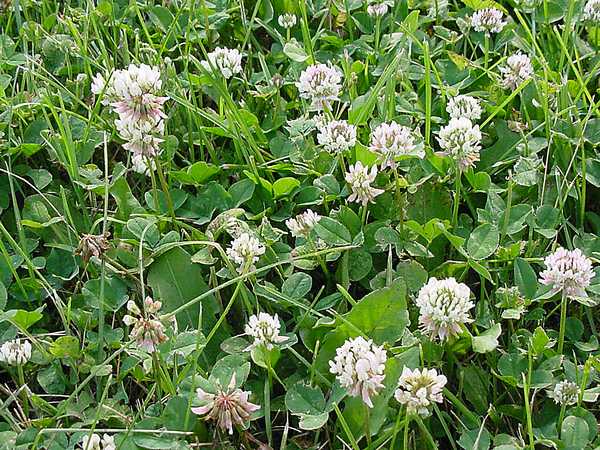
White Clover (Trifolium Repens)
It’s important to have your lawn mowed more often when clover is in bloom. White clover will develop roots, wherever a stem node touches the ground. Getting rid of white clover begins with a healthy lawn. They tend to grow in areas of low nitrogen, so making sure that your lawn is well fertilized, will not only help desirable grass to grow, but will also make the soil less prone to white clover.
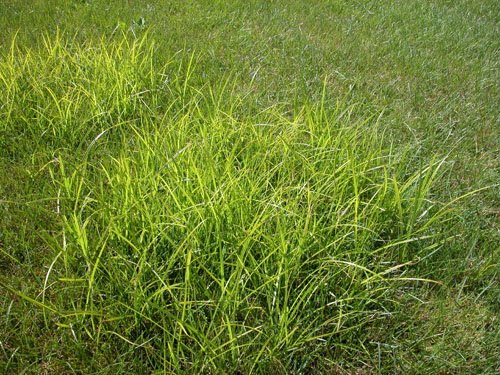
Yellow Nutsedge (Cyperus Esculentus)
Nutsedge germinates primarily by tiny underground tubers called nutlets, that form at the end of stems called rhizomes. A single plant can produce several hundred of these tubers during the summer. It’s a very difficult weed to control because it grows from these tiny tubers, which form on roots that grow 8-14 inches deep in the soil. They can also form patches on your lawn of up to 10 feet in diameter. Mowing your lawn at the proper height, which in most cases is one of the 2 highest settings on your mower, lets the grass crowd out nutsedge and other weeds. Mowing your lawn short will definitely stimulate nutsedge, along with other types of weeds and diseases.
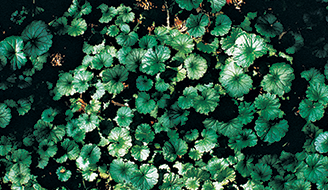
Ground Ivy (Glechoma Hederacea)
A member of the mint family, it has square stems and is mildly aromatic, particularly after mowing. This pesky weed has very distinctive scalloped shaped leaves with round-toothed edges. During late spring to early summer, light blue-purple flowers bloom.
